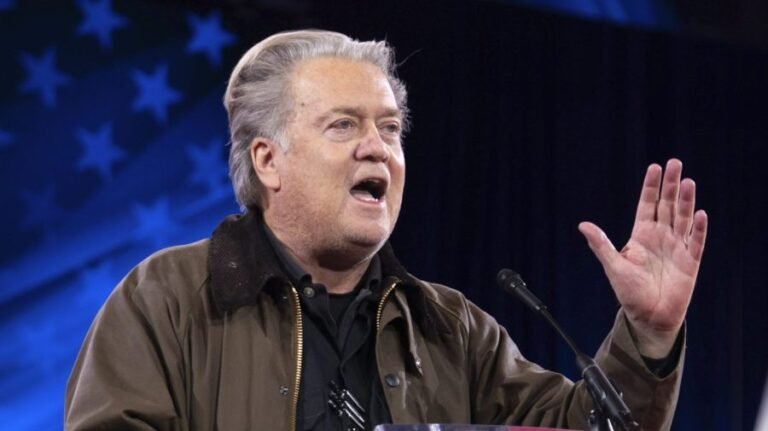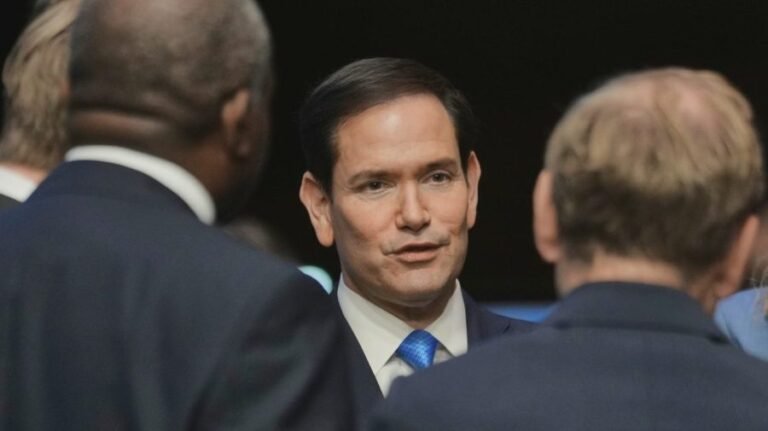
Federal Reserve Chair Jerome Powell is in no hurry to lower interest rates despite calls from President Trump and looming price pressures coming from tariffs.
Testifying before the House Financial Services Committee on Tuesday, Powell stood by recent statements that the Fed will react to changes in the data as they come in, as opposed to following a predetermined path on monetary policy.
“For the time being, we are well positioned to wait to learn more about the likely course of the economy before considering any adjustments to our policy stance,” he said in his opening statement.
During testimony, Powell acknowledged that there was some disagreement about the path of rate reduction among members of the rate-setting committee.
“There’s a significant minority that doesn’t agree, but a significant majority feels that it will be appropriate to reduce rates later this year,” Powell said.
The Fed’s most recent dot plot for 2025 interest rates, which shows the spread of different views among central bankers, shows that there are nine members of the committee who think that rates for this year should be between 4 and 4.5 percent while 10 members think they should be between 3.5 and 4 percent.
The federal funds rate was projected earlier this month to reach 3.9 percent this year — the same projection as in March — which would require two standard rate cuts of 0.25 percentage points.
Trump has been laying into Powell for months, pushing him to reduce interest rates.
“‘Too Late’ Jerome Powell, of the Fed, will be in Congress today in order to explain, among other things, why he is refusing to lower the rate. Europe has had 10 cuts, we have had zero,” Trump wrote on social media Tuesday.
“No inflation, great economy — We should be at least two to three points lower. Would save the USA 800 billion dollars per year, plus. What a difference this would make,” he wrote.
So far, tariffs from Trump’s trade war have not made a significant impact on inflation.
Inflation in the consumer price index (CPI) ticked up slightly in May to a 2.4-percent annual increase from 2.3 percent in May. Inflation has fallen since the beginning of the year when it hit a recent higher of 3 percent in January.
Powell said Tuesday he expects inflation to increase over the summer.
“We do expect it to move in the summer,” he said in response to a question from Rep. Mike Lawler (R-N.Y.).
Many economists are expecting price increases this summer, but they’re not guaranteed. Tariffs can be factored into prices or taken out of margins. They can also reduce demand levels from importers, which can then lead to exporters to reduce their own prices.
Prices for apparel — which is a heavily imported good in the U.S. — have actually dropped this year.
“Overall import prices for end-use goods have remained little changed this year, but import prices for apparel have declined by nearly 3 percent through May,” former Fed economist Claudia Sahm wrote in an analysis earlier this month. “That is consistent with foreign producers bearing some of the burden of tariffs, though it is insufficient to fully offset the increased tariff duties that the domestic importers must pay.”
The Fed is waiting to see where exactly in various value chains the cost of tariffs is going to be born.
“It can be anybody from the exporter, the importer, the retailer, the manufacturer or the consumer that winds up paying these tariffs. Ultimately it will be spread out among those five,” Powell said.
“In the end, the tariff will be paid.”





